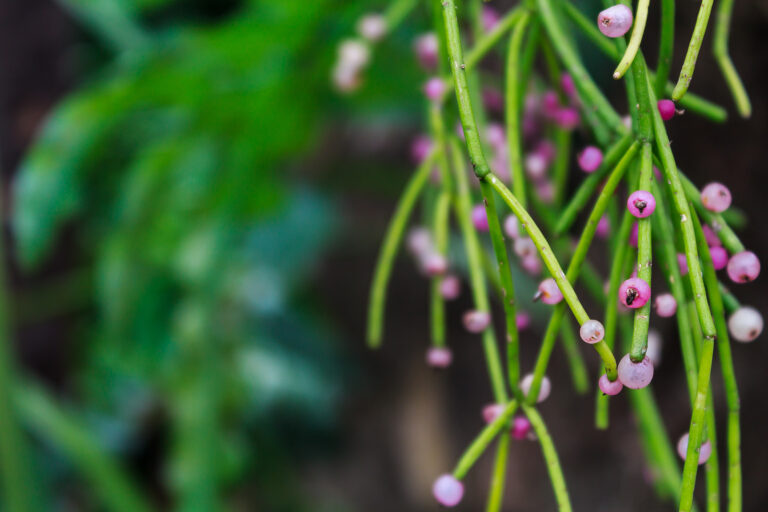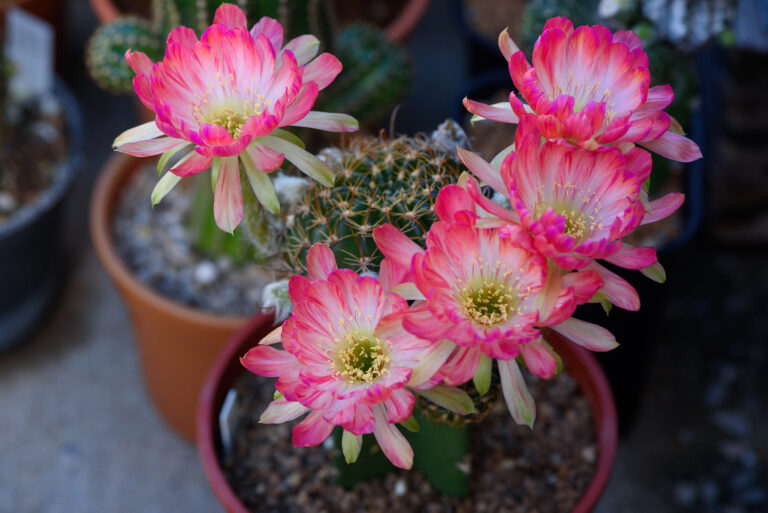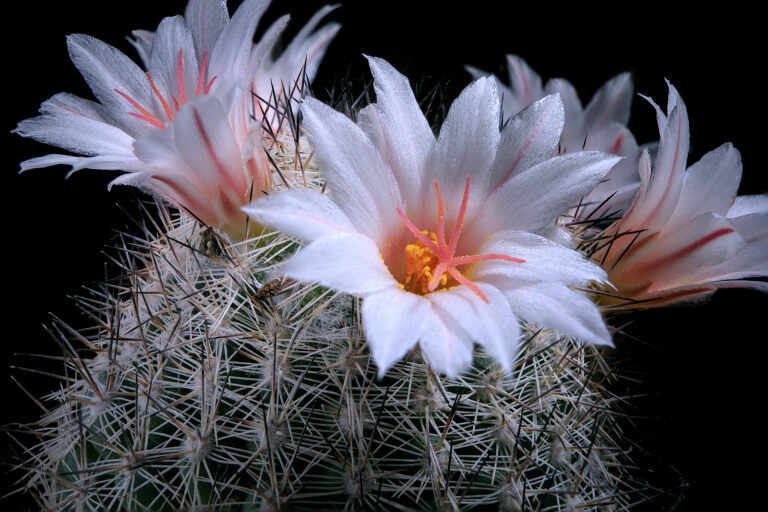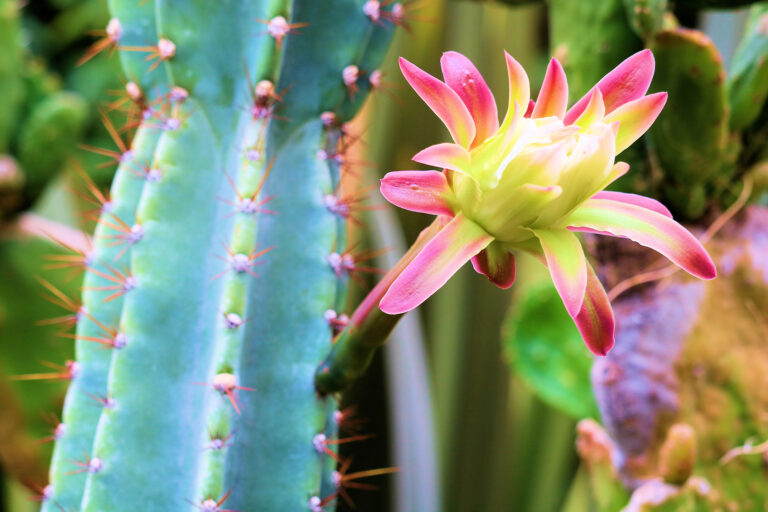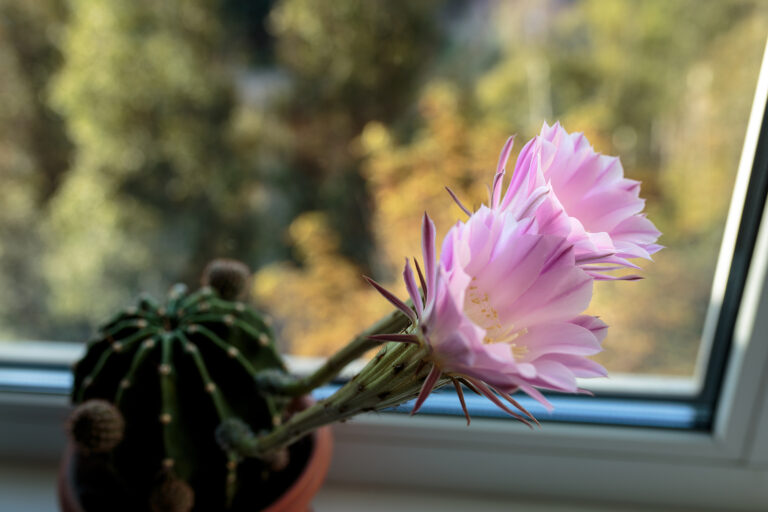How to Grow Espostoa – Cottonball Cactus
Espostoa is a genus of shrub-like or tree-shaped cacti, all have a more or less dense white woolly coat of hair.
Espostoa are cylindrical in form and multi-ribbed. The flowers are funnel-shaped and covered even on stamens with scales and auxiliary hairs. When Espostoa are old enough to bloom, a tight woolly, white, yellow cephalium is created laterally at the shoot; white blossoms grow out of it.
Get to know Espostoa
- Plant type: Cereanae, old man cactus
- Hardiness temperature: 45℉ (7.2℃)
- Shape and size: Grows to 15 feet (4.5m) tall
- Flowers: Funnel-shaped, covered with scale an auxiliary hairs
- Bloom time: Rarely blooms
- Common name: Cottonball cactus
- Genus name: Espostoa
- Family name: Cactaceae
- Origin: Andes of Southern Ecuador and Peru

Planting Espostoa
- Light: Full sun or a bright warm greenhouse
- Soil: Well-drained soil preferably a cactus soil mix
- To reach full growth, Espostoa must be planted in the ground, not a container.
How to water and feed Espostoa
- Water: Regular light watering during warm weather, drier in winter. Sprinkle or mist the plant regularly durig the growing season.
- Feeding: Apply a cacuts fertilizer during the growing season; do not feed during winter.
Espostoa care
- Keep Espostoa dry and cool during the winter period.
- Propagate Espostoa by seed.
Espostoa species to grow
- Espostoa lanata (cotton ball, Peruvian snowball, Peruvian old man). Attractive, yellow-spined cactus is completely covered with fluffy, white, almost silky hair. Wool appears to grow in spiral manner. A fine potted plant for indoors, lath house, or greenhouses. Usually grown for its interesting appearance rather than profusion of blooms; flowers appear only on mature plants and are often hidden by hair.
- E. melanostele, large, thick cylindrical cactus bears areoles with brown wool. Numerous, inch-long, black, radial spines surround single, stouter central one.
- E. ulel. Treelike species may reach 15 feet tall or more. Unusual cephalium on top.


